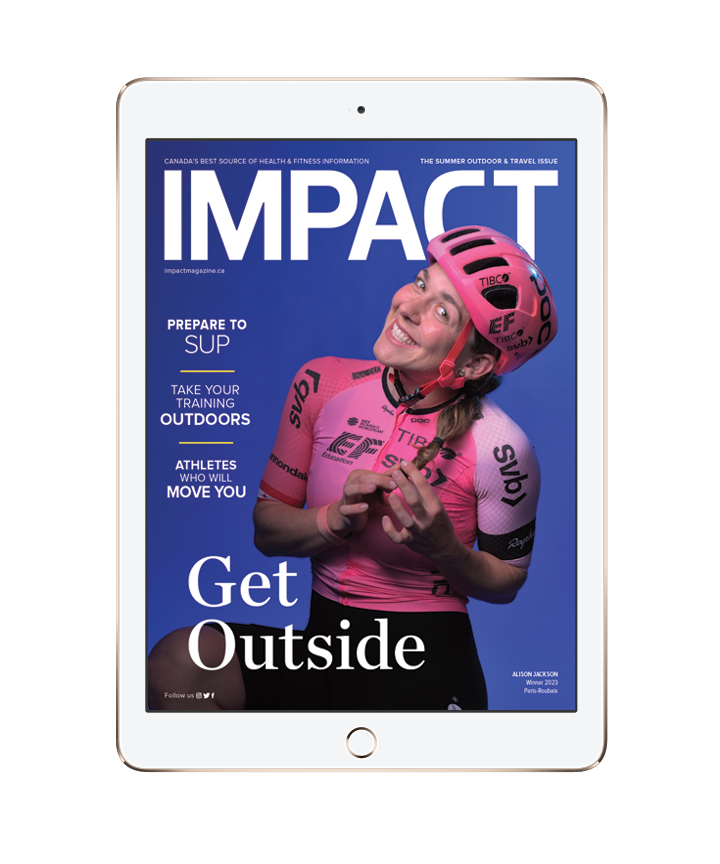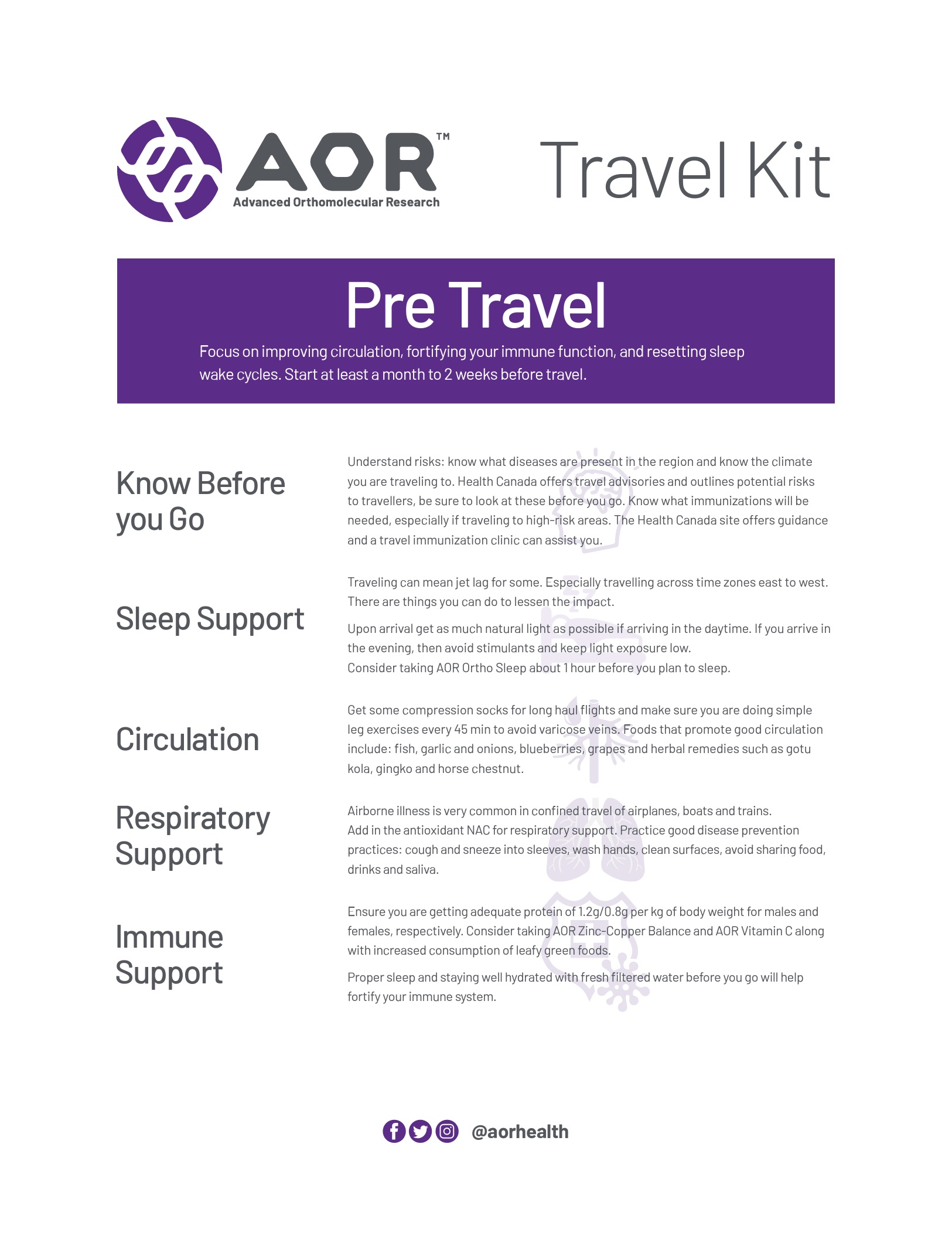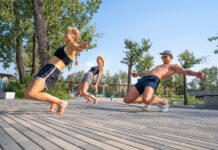Travelling overseas for a race or a sports tournament can be exciting and daunting for an athlete. Giving yourself adequate time to prepare is key to ensure a safe and successful time abroad.
Check Out Travel Advisories
Just as we can never predict what may happen in our own country, it’s important to be informed when travelling abroad. Be informed about natural emergencies, political instability or health-related situations in the cities you are travelling. Websites such as the Government of Canada (travel.gc.ca), CDC (nc.cdc.gov/travel/) and WHO (who.int/travel-advice) as well as your local travel clinic are excellent resources for up-to-date travel advisories.
Purchase Emergency Travel Medical Insurance
Getting injured is stressful enough but having an incident overseas can upend a trip. Canadian provincial healthcare plans do not cover medical services that are provided outside of the country while travelling. Since it can be very expensive to receive medical care outside of Canada, it is strongly recommended that travellers purchase adequate travel medical insurance.
Be Up-To-Date on Vaccinations
Check with your doctor or local travel clinic to ensure you have the necessary vaccines to keep you safe abroad. For adults, the vaccinations that are recommended for general health are tetanus boosters every 10 years and the yearly flu vaccine. For travel, hepatitis A and B are recommended and you may want to ensure you have the latest COVID booster, depending on which country you are visiting.
Other vaccinations are destination-specific: traveller’s diarrhea, cholera, rabies, typhoid fever, and yellow fever. Keep in mind that these vaccinations may require multiple doses given weeks to months ahead of travel, and the cost is not usually covered by provincial health plans. Some countries require proof of vaccination prior to entry (e.g., yellow fever in Congo). There are many smartphone apps that allow tracking your immunizations (e.g., CANimmunize).
Reduce Jet Lag
It takes about one day of resynchronization for each time zone that one travels, especially when covering more than four time zones travelling westward or more than three time zones travelling eastward. The following tips will help you reduce the intensity and duration of jet lag.
Prior to Travel
• Adjust your sleep schedule to match the time zone of your destination at least a few days prior to departure. If travelling eastward, go to sleep and wake up earlier. If travelling westward, go to sleep and wake up later.
• Don’t assume you will “rest” while you are travelling. Lighten your schedule several days prior to your trip and get a good night’s sleep especially if you have a long flight.
When you board your flight
• Adjust your watch to the time of the destination and match your sleep/wake activity according to the destination time.
• Aim the overhead air vent towards you to maintain air circulation around your face.
• Stay active during the flight by moving around the cabin and stretching.
• Taking a prescribed short-acting sedative (e.g., zopiclone) can help you stay asleep during the flight if needed.
• Stay well-hydrated and avoid excessive alcohol and caffeine as they can disrupt your sleep patterns and dehydrate your body.
When you arrive at your destination
• Adjust your activities and meals to match the local time.
• Get exposed to outdoor light and avoid taking naps during the day.
• For insomnia, take melatonin or a prescribed short-acting sedative (e.g., zopiclone).
• Using a light therapy device can help with resynchronization. These devices usually have web-based jet lag “calculators” that teach you how to schedule light exposure to help with resynchronization.
Risk Factors
Deep Vein Thrombosis (DVT) can be a consequence of flying long distances. The risk factors for developing a clot in the deep veins of the legs include travelling more than four hours, age over 40, taking oral contraceptive pills, pregnancy, varicose veins, obesity, and having a clotting disorder. Ways to minimize the risk of DVT include:
• Taking regular walks, isometric contractions of the thigh and calf muscles, and calf raises
• Staying hydrated
• Knee-high compression stockings
• If at high risk, a blood thinner medication could be considered
Heat Acclimation and Exercise in Heat
You have arrived at your destination and it is hot. How do you acclimatize? It takes four to seven sessions of exercise for one to four hours per session for the body to acclimatize to exercise in the heat. Determining the volume of fluid replacement to prevent dehydration and heat injury can be challenging as sweat rates are influenced by factors such as duration and intensity of exercise, weather conditions, clothing worn, individual sweat rate and level of acclimatization.
An individual’s sweat rate can be estimated from changes in body weight (BW) before and after exercise:
[(pre-exercise BW – post-exercise BW (grams)) + drink volume (mL)]/ time (hours) = fluid loss (ml) per hour.
It is recommended to maintain hydration levels to prevent more than two per cent loss of body weight. Although one should aim to replace 100 per cent of their fluid loss, a loss of up to three per cent of body weight does not affect athletic performance.
Avoid excessive hydration to the point of gaining weight with just water or low-electrolyte drinks as these are risk factors for hyponatremia.
Although travel is exciting and enriching, not all aspects of it are glamorous. To ensure your trip is as seamless as possible, it’s all about preparation and education. Be informed before you go and prepare for discomforts while abroad for a more positive experience.
Download AOR’s Travel Kit for more advice on preparing for travel
You may also like: Destination Marathons Around the World

Read This Story in Our 2023 Summer Outdoor & Travel Issue
Featuring Alison Jackson, Canadian cyclist and only North American male or female to win the famed Paris Roubaix. Travel the country’s most stunning hot spots by campervan. Become a better trail running by improving your ascents and descents—plus, train outdoors with Canada’s Top Fitness Trainers. Enjoy plant-based summer recipes and so much more.

















